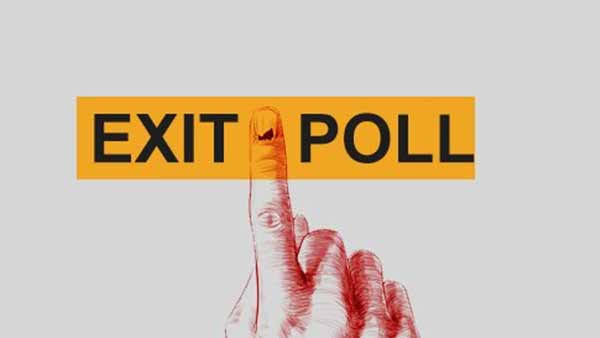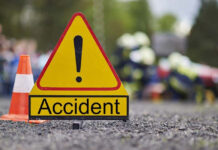Srinagar, Jun 01: Exit polls for LS elections 2024 released Saturday evening suggest victory for National Conference on two LS seats while predicting one seat for the PDP. It claims that BJP could possibly win two seats from Jammu division.
As per the news agency, Jammu and Kashmir has seen an unprecedented voter turnout in the recent Lok Sabha elections, with 58.46 percent of the electorate participating, the highest in 35 years. Voting for the all contestable Lok Sabha seats concluded on Saturday with the seventh and final phase. The counting of votes will take place on June 4.
Exit polls, released this evening, provide early insights into potential outcomes. Times Now’s exit poll suggests the BJP could win 2 seats, while Congress-NC might secure 2-3 seats, and the PDP could win 1 seat. Specifically, the NC is projected to win the Srinagar and Anantnag seats comfortably, with strong showings in their traditional strongholds. The Anantnag-Rajouri seat is expected to favor NC due to the division of Pahari votes between PDP and Apni Party.
In Baramulla, the competition is intense with Omar Abdullah, Sajad Lone, and Er. Rashid all had strong performances in different regions. Omar has done well in Baramulla and Budgam, Lone in Kupwara and Bandipora, and Rashid has garnered significant support from the separatist vote bank.
As per News 24 Exit polls, in Jammu, Kashmir and Ladakh, NDA might bag 2-3 seats whereas JKNC should grab 3 seats and Congress would range from 0-1 seat.
Historically, in the 2019 elections, which included Ladakh as part of Jammu and Kashmir, the BJP won three seats in Jammu, Udhampur, and Ladakh, while the NC won Baramulla, Srinagar, and Anantnag.
On the national front, several exit polls forecast a sweeping victory for the BJP-led NDA in the 2024 Lok Sabha Elections. However, it appears unlikely that the NDA will meet the ambitious 400-seat target set by BJP’s senior leadership earlier.
The exit polls, a method of election survey conducted by various agencies and news channels, provide early indications by asking voters whom they voted for as they leave polling stations. This data is then analyzed using mathematical models to estimate the likely distribution of seats.(KNO)









